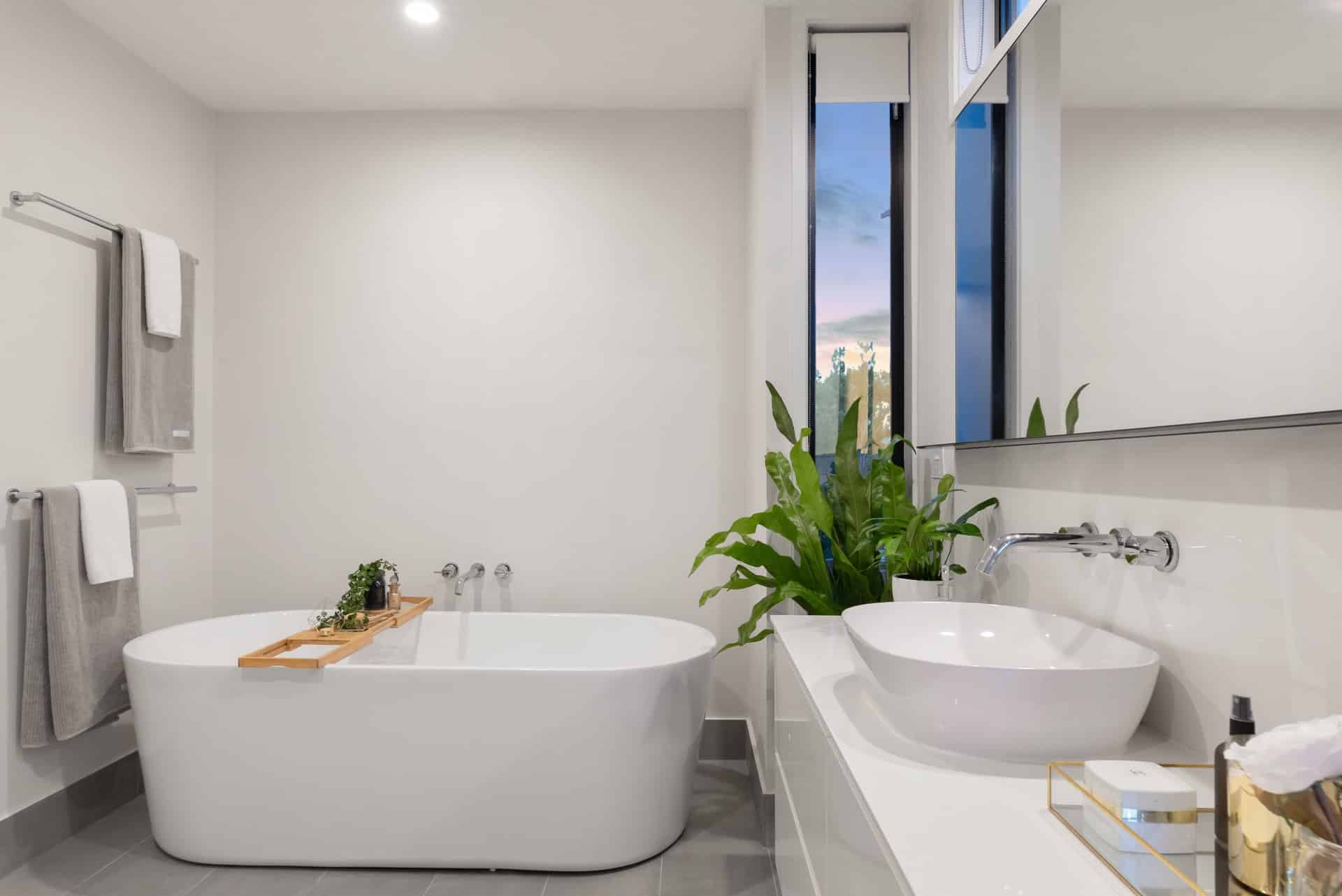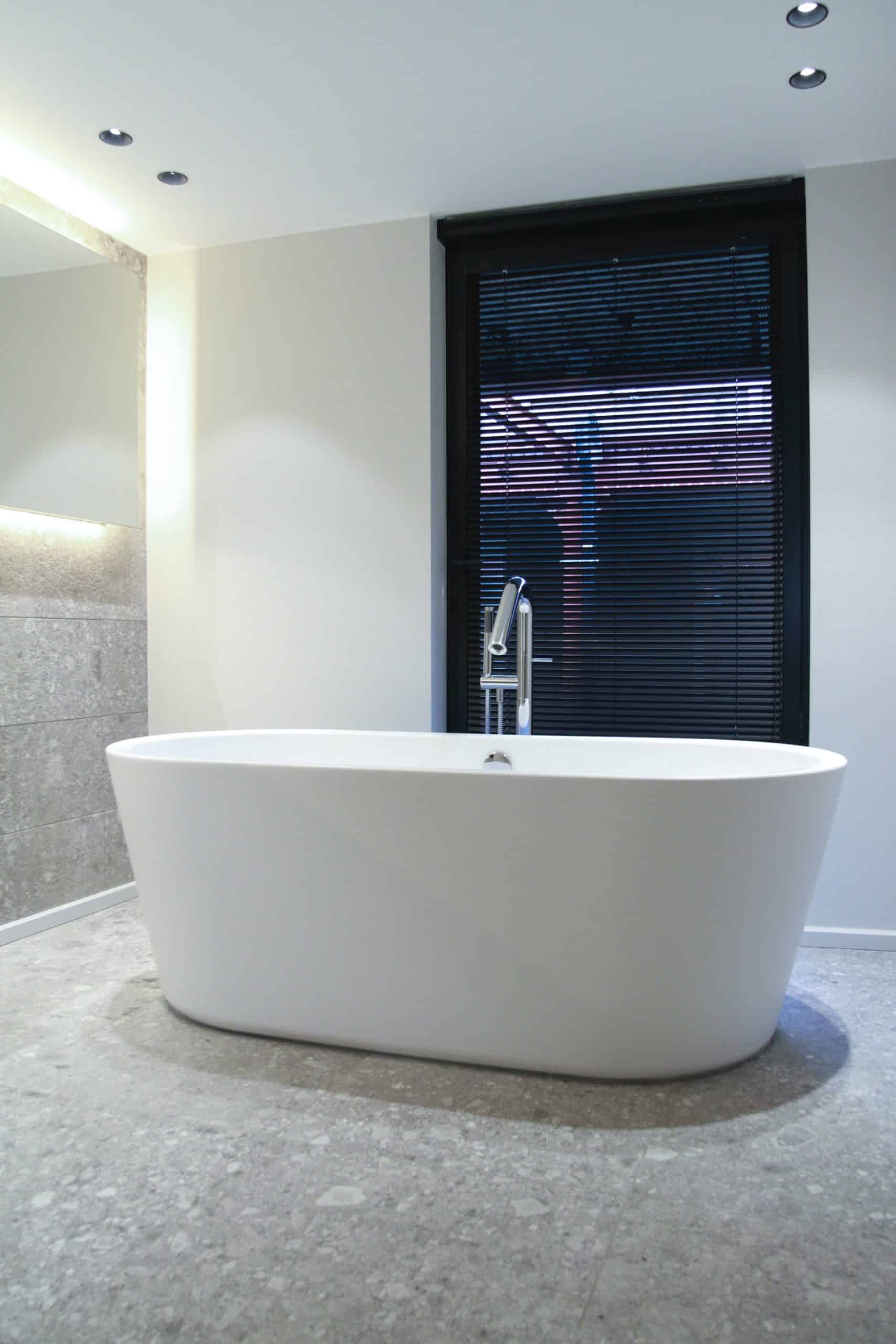Remodeling your home is one of the many joys of being a homeowner, and when you want to upgrade the look of your property, the bathroom is a great place to start. However, don’t rush out and buy that oversized new bathtub you’ve had your eye on just yet.
You’ll want to review the following tips before buying your next bath so that you can ensure you’re investing in the perfect one for your home. Carefully considering your purchase ahead of time can save you time and money down the road.
IMAGE: UNSPLASH
1. Size Of Your Bathroom
Carefully measure your bathroom before embarking on a remodeling project. You can take the measurements yourself or hire a professional renovation team to do so.
Just because your bathroom has limited room doesn’t mean you can’t switch out your tub. Consider smaller baths that are less than 1500mm in length. These will be able to fit into more compact spaces.
Larger bathrooms offer you a bit more options in terms of tub sizes, but you’ll still need to confirm that the tub you want will fit where you want it (against a certain wall, for example).
2. Style Preferences
When purchasing a new bath, your style options are virtually limitless. Spend some time reviewing the different types of tubs available. Styles include:
- Freestanding baths: This tub style offers flexibility in terms of where you place it around the bathroom (as opposed to having to put it against a wall).
- Clawfoot baths: If you want your bathroom to look less cluttered, a clawfoot bath can open up the space since the claw feet elevate the tub off the floor.
- Island baths: These baths are some of the most luxurious on the market due to their large size and the fact that many of them come with jets to help relax sore muscles.
- Built-in baths: Built-in tubs are good options for smaller bathrooms since they fit snugly against your bathroom walls. They also offer less surface area to clean, a feature that makes them low maintenance.
3. Budget
Of course, a main concern for many homeowners is their budget for a bathroom remodeling project. Consider how much money you are willing to spend on a new tub. If you’re only planning to replace your bath, you may be able to splurge more.
However, if you plan on changing out your faucets, sink, or toilet, you’ll need to take those costs into account as well. Carefully consider your whole renovation plan before choosing any fixtures.
4. Medical Needs
Some people have medical conditions they need to take into consideration before investing in a new tub. For example, a walk-in tub style may be a convenient (and safer) option for homeowners with special mobility needs.
This type of tub typically comes with added safety features like built-in seating, a swinging door that makes accessing the tub easier, and grab-bars mounted on the wall.
Depending on your height and weight, you may need a wider- or longer-than-standard tub. Standard tubs are typically around 1500-1700mm long and 700-750mm wide, so consider choosing a tub outside these dimensions if you need a little extra space.
5. Tub Depth
Something else you’ll want to think about when selecting a tub is its depth. In addition to varying lengths and widths, tubs come in a range of depths, each with its own pros and cons. If you have small children that will be using the tub, you’ll likely want to choose one that’s more shallow than other varieties for safety reasons.
For homeowners who prefer to have a good soak in the tub, consider one that will be deep enough for you to be submerged comfortably. Keep in mind that most tubs come with a tub overflow drain, which means that the tub will only remain filled up to that overflow drain level. Consider a tub 450mm or deeper for optimal comfort.
IMAGE: UNSPLASH
If you are interested in even more lifestyle-related articles and information from us here at Bit Rebels, then we have a lot to choose from.


COMMENTS